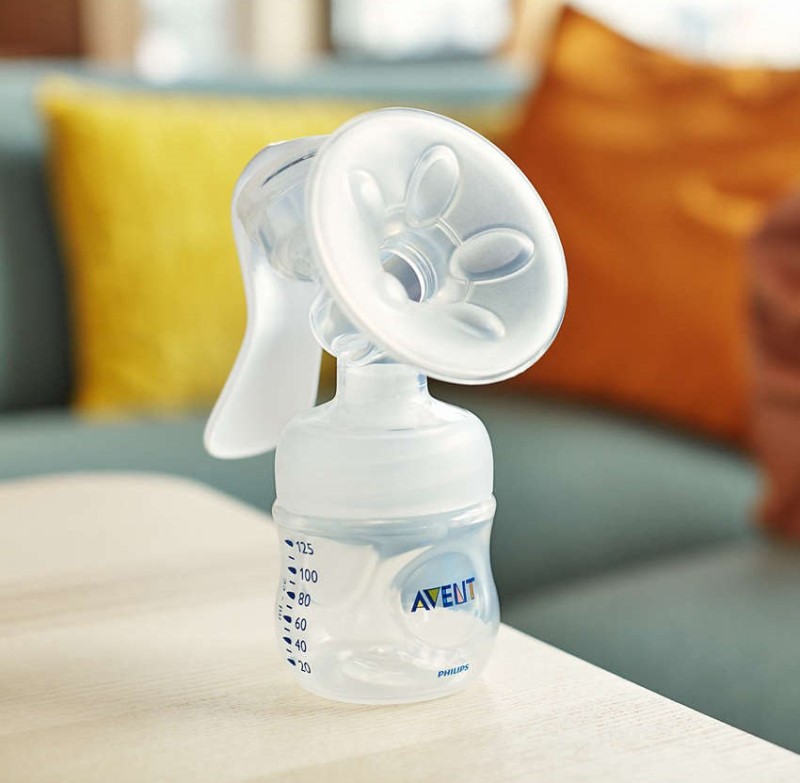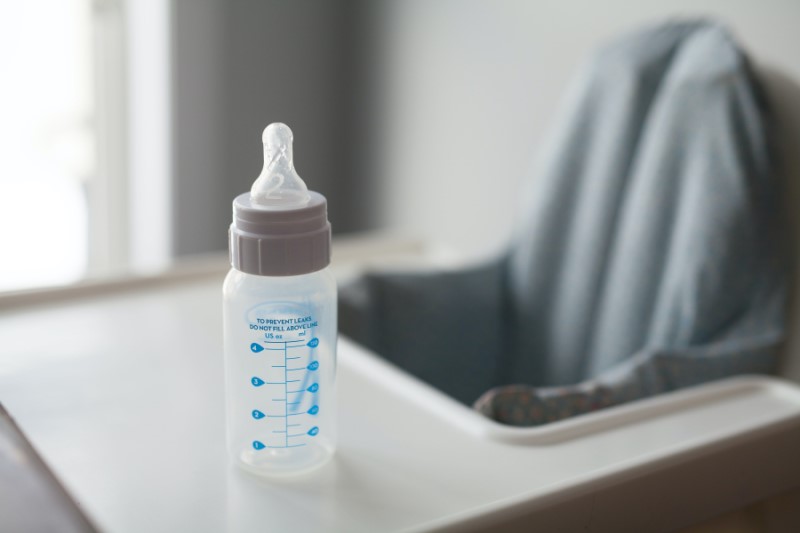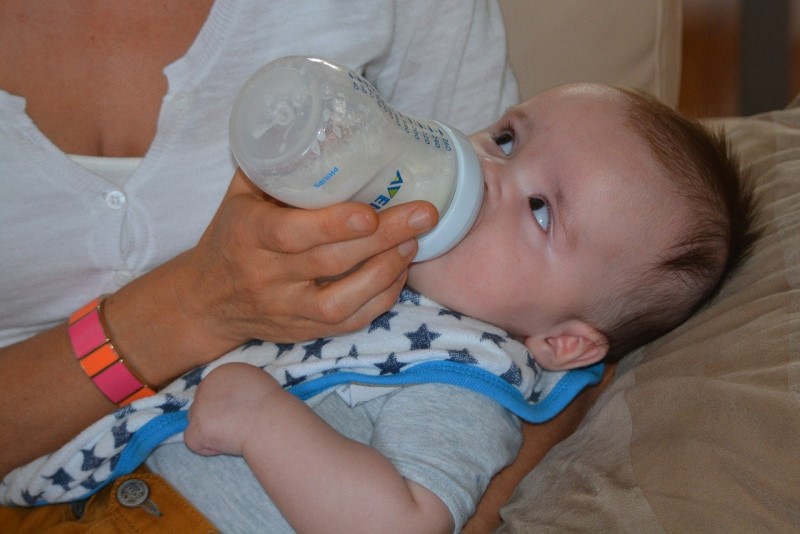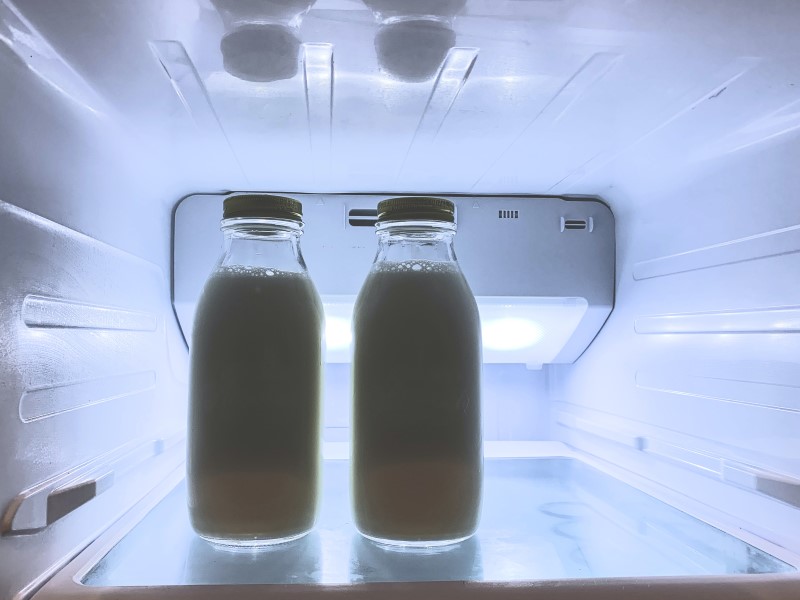Fact: Express breast milk is the best and most nutritious food for your baby, especially when you’re not around to feed them. That said, storing breast milk can be tricky. If you don’t store it properly, you risk spoilage and your baby is left hungry. If you know how to store breast milk the right way, you won’t have to worry about feedings when you’re away at work or need to catch up on sleep as your partner can help out. Hence, here are some helpful tips on the best and safest way to pump, store, and thaw breast milk.
Expressing Breast Milk: Location, Hygiene, And Useful Tips
The Best Place To Pump Breast Milk
Before you learn how to store breast milk properly, let’s begin with the basics of expressing breast milk, which starts with choosing the right location. As a rule of thumb, cleanliness is key. As such, avoid using places like the bathroom, toilet, or kitchen to express your breast milk. Also, avoid places that are used to prepare other food. As with the new norm, remember to always wash your hands thoroughly with antibacterial soap before you begin to pump.
Ensure Your Equipment Is Clean

Apart from ensuring the location and your hands are clean, the same hygiene standards should be applied to your equipment for expressing breast milk. For example, always use soap and water to thoroughly clean your breast pump. Then, pat it dry with fresh paper towels. Don’t forget to sterilise it every day too.
How To Express Breast Milk Effectively
Expressing breast milk will require some practice before you master the process. Here are a few tips to help you express breast milk like a pro:
- If your milk flows well, simply continue pumping and only switch breasts once the flow eventually slows down.
- Remember that each breast should be pumped twice.
- Sit in a comfortable position and support your breast by placing the palm of your hand against your ribs and directly under your breast.
- Use gentle pressure while pumping. This will help maintain a seal instead of pushing the breast pump against your breast.
How To Store Breast Milk The Right Way
Types Of Containers To Use For Storing Breast Milk

The next step is to know how to store breast milk properly, and it starts with using a clean set of containers and dispensers that are intended for storing breast milk. You can also reuse milk bottles. However, ensure that you wash them with soap and water, and also sterilise them beforehand. Other alternatives include disposable breast milk storage bags, but these should only be used once.
Always Label The Containers
Labelling is another important step to knowing how to store breast milk the right way. Make sure to label every container or bottle that you’ve used to store the expressed milk. Include details like the date and time of which the milk was expressed, as well as any medication you’ve taken in the last 24 hours.
Remember that the labelling should be done before you store them in the fridge or freezer. Not at home? Simply store them temporarily in a cooler bag with ice packs—but remember to use them within 24 hours. Pro tip: Always use the oldest stored milk first!
Shelf Life Of Stored Breast Milk
| Milk Storage | Shelf Life | Tips |
| Room temperature of 25°C | 6 hours |
|
| Insulated cooler bag with ice packs | 24 hours |
|
| Refrigerated milk at 4°C | Up to 5 days |
|
| Frozen milk | Up to 12 months, depending on the type of freezer used |
|
Thawing Frozen Breast Milk: Dos & Don’ts

Thawing breast milk refers to the process of defrosting frozen breast milk into liquid form and warming it back up so it’s ready for the baby to consume. Here are a few dos and don’ts to follow when thawing frozen breast milk:
- Do: defrost it in the fridge overnight.
- Do: place the bottle of milk in a bowl of warm water or place it under warm running water.
- Don’t: thaw frozen breast milk at room temperature.
- Don’t: thaw or heat up breast milk in a microwave or in a pot of boiling water on the stove. Doing so will destroy its nutrients. Moreover, uneven temperatures caused by microwaving the milk could potentially injure your baby.
- Don’t: re-freeze any leftover milk that has been thawed. Dispose of the leftover milk instead.
Knowing How To Store Breast Milk Will Ensure You Have Enough Supply For Baby

Storing breast milk the right way is imperative so that your baby has access to the best nutrients when you’re not physically there to breastfeed them. And besides knowing how to store breast milk, expressing it effectively as well as properly thawing the frozen milk are equally important steps for your baby to reap the full benefits. If you’re looking for the best equipment to help you out with that, here are the top five breast pump brands you can find in Malaysia.
